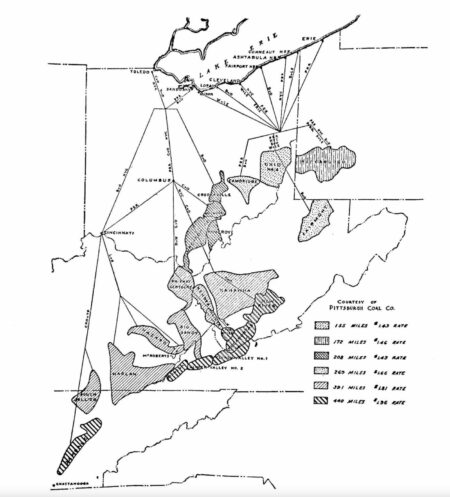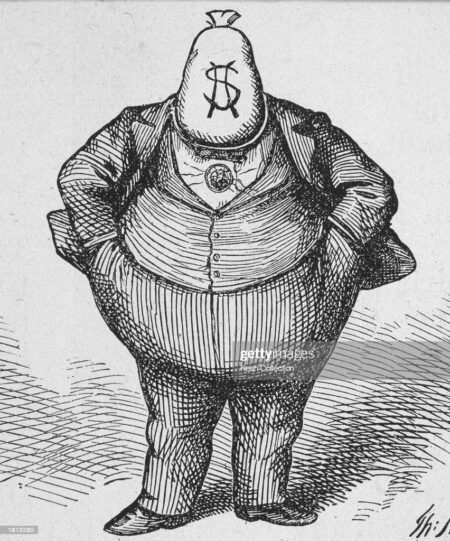
Can Contract Workers Organize as Joint Venture Associations?
While a properly designed association of contract workers could pass muster under current Sherman Act antitrust jurisprudence, any such association will face serious practical impediments.

While a properly designed association of contract workers could pass muster under current Sherman Act antitrust jurisprudence, any such association will face serious practical impediments.

In the fight to regulate the gig economy, unions, workers, and their allies have only fought half the battle: they have tried to defend the definition of employment against technology-enabled erosion. Antitrust prohibitions against vertical restraints, which prevent firms from exercising control in the absence of an employment relationship, offer a complementary strategy to address the threat posed to workers by the gig economy.

Over the past four decades, a tidal wave of corporate mergers has resulted in industry concentration, higher prices, and reduced productive capacity. The U.S. wireless industry in the 2010s offers a case study of the public benefits of strong anti-merger law.

Given the shortcomings of the prevailing antitrust framework, a growing chorus of voices is calling for a ground-up reconstruction of competition law and policy. But what would that look like? This symposium offers an affirmative vision of the new antitrust.

The conventional interpretation of American antitrust law has neglected its democratic and egalitarian origins. As the Sherman Act’s legislative history makes evident, its primary target was the concentration of economic power, rather than coordination among workers, farmers, and other smaller producers.

Powerful monopolies have captured our core communication infrastructures, subjected them to the unbridled pursuit of advertising revenues, and generated profound social harms. Media democracy, as a political and intellectual project, seeks to provide solid theoretical foundations from which to understand and respond to this worsening crisis.

Americans pay excessively high prices for prescription drugs. To make medicines more affordable, the Biden Administration must confront the pharmaceutical industry’s monopoly power.

The Department of Justice (DOJ) Antitrust Division and the Federal Trade Commission (FTC) have announced an agenda for their upcoming virtual workshop regarding competition in labor markets. On Tuesday, December 6th, Prof. Sanjukta Paul will be engaging in a “Fireside Chat: Worker Bargaining and the Antitrust Laws – 19th Century through the Present,” in dialogue with…

By failing to articulate a vision of fair competition, the White House has delegated the task of moral exposition to its cabinet secretaries and agency leaders. This move may not prove fatal to the aspirations of antimonopolists, as some agencies are well positioned to do the work.

In the two decades before the Hepburn Act’s enactment, two entities vied for the right to coordinate the price and distribution of coal. The first—a group known as the Joint Conference of Miners and Operators of the Central Competitive Field—was the child of the United Mine Workers.The second—a group of coal-hauling railroads known as the Seaboard Coal Association—was the child of J. P. Morgan and the Pennsylvania Railroad. Understanding their struggle for power (and why capitalists rather than workers won), can help us better understand the stakes of antitrust.

In my new article, Monopolizing Whiteness, I examine the causes and consequences of “white island districts,” i.e. those that enroll predominantly white and affluent student bodies, despite being in racially and economically diverse metropolitan areas. I theorize that white student segregation in districts like GPSD is a product of (what sociologists refer to as) social closure— a process of subordination whereby an in-group works to curtail an out-group from accessing resources constructed as scarce. I suggest that the “essential facilities” framework of antitrust law can help to illustrate what a legal framework looks like that could appropriately recognize and address the process and harms of social closure.

Toward a theory of market and firm that rejects the Coasian frame altogether.

Following on the success of last summer’s Anti-Monopoly and Regulated Industries (AMRI) Summer Academy, this summer’s updated program will once again provide participants with a crash course in political economy, anti-monopoly, public utility, and regulated industries, drawing on cutting-edge scholarship in law, economics, and social science. Apply by May 20!

Anti-monopolists are right to worry about the concentrated power of institutional investors, but they are wrong to treat them as all bad. Common ownership presents an opportunity for the left to divide the interests of capitalists.

In a previous post, one of us described why we need global cooperation to achieve massively scaled up production of COVID vaccines. The United States must play a key role in this process, because it has the ability to mobilize resources, and powerful leverage over companies that have so far resisted serious participation in global efforts – especially Moderna, Pfizer, and J&J. Some commentators question whether the US has the power to compel this cooperation. Others have doubted the relevance of the demand coming from developing countries to temporarily waive the requirements of the World Trade Organization’s TRIPS Agreement to facilitate more manufacturing. In this post, we explain why existing US law gives the Biden Administration the power to mandate sharing and overcome IP barriers, and how the TRIPS waiver can contribute importantly to efforts to scale up production at a global scale.